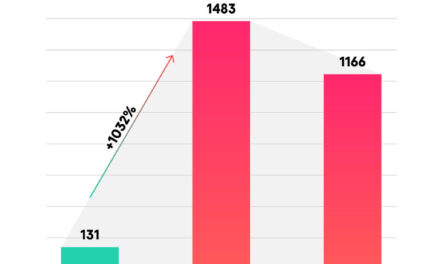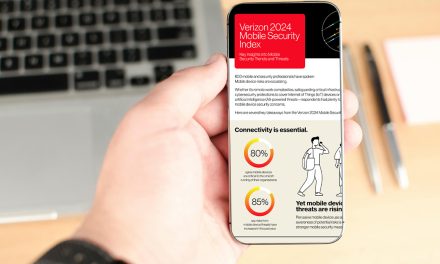One cybersecurity firm reports its research on spam management and encourages firms to take the cyber nuisance and threat seriously.
According to some third party estimates, 45%–85% of all emails generated each day are spam. In addition to the malicious links and attachments they may contain, these bothersome mails clog up mailboxes and manage to escape spam filters.
By analyzing depersonalized metadata voluntarily supplied by selected customers, Kaspersky has been researching the state of email management in its user ecosystem.
Employees participating in the research had been split into three groups—according to the number of emails they received daily from outside their organization (emails from senders within the same organization were not counted).
For workers receiving 30 emails daily, as many as 30 spam messages could slip into the weekly email flow. For those receiving between 60 and 100 external emails daily, the wasted time skimming through spam could total up to 18 hours (two business days) a year, taking into consideration general mailboxes for all incoming enquiries that employees manning them do not usually clean up.
According to Andrey Kovtun, the firm’s Email Threats Protection Group Manager: “(A few work hours) across a whole year may not sound critical for one employee. But when scaled to an organization with hundreds of employees, this may turn into a sizable amount of person-hours. Employees can also waste time getting back to work after reading and deleting spam, as email is a huge distractor. These negative effects of spam may not be so obvious, but organizations should be aware of them and protect their employees with dedicated anti-spam and anti-phishing tools.”
To reduce the cyber risks and productivity-dampening effects of spam, Kaspersky recommends all firms to step up employee education on email and cyber risk management, as well as to continually upgrade anti-spam/anti-phishing/malware protection solutions with AI and ML across local and cloud email servers.

















